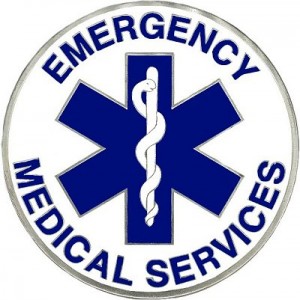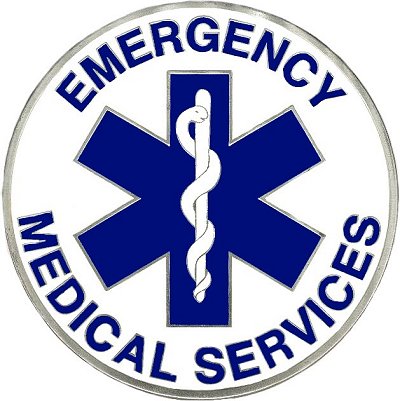
Ideally, the citizen responder should have completed first aid training course. Trained lay responders can give necessary help during the first few minutes of the emergency. The help that is rendered, no matter how small, can make a huge difference in the outcome of the victim. When done properly, basic first aid techniques can greatly improve the recovery of the victim and prevent permanent disability.
Citizen responders have four key roles that include: recognizing the presence of an emergency, deciding to help, activating EMS professionals, and providing initial care and basic first aid while waiting for help.
Recognize emergencies
Before a person can help, the responder should first recognize the emergency. There are some indicators and signals that can alert you of an emergency.
- Unusual noises (yells, screams, calling for help; screeching tires, crashing metal; loud or abrupt sounds; silence)
- Unusual sights (stalled vehicle, spilled/empty medicine container, downed power lines, broken glass)
- Unusual odors (very strong odors, nauseous smells, unrecognizable odors, natural gas odors)
- Unusual behavior or appearance (difficult breathing, loss of consciousness, confusion, agitation, sweating, dilated pupils)
Decide to help
Once you have recognized the accident, you should decide to help. As mentioned above, citizen involvement is essential in increasing the victim’s chances of survival. Help can come in many ways, even if you do not have first aid training, you can help. By simply calling for help or comforting the victim or providing first aid, you can greatly improve the situation.
It is possible for people not to recognize the emergency. Sometimes, people recognize the emergency but are unsure about whether to help or not. There are many different personal reasons for hesitating to help. Some of the barriers to action include:
- Uncertainty of the victim’s condition
- Presence of bystanders
- Nature of emergency
- Fear of committing error
- Fear of disease transmission
Attending a first aid training course and being familiar with these things can greatly help you prepare for responding in an actual emergency.
Activate EMS professionals
When you respond in an emergency, you should immediately call for help. If you are alone and need to call for help, be sure to inform the victim. You can help more by getting help than staying with the victim. If there are other bystanders, ask someone to call 911 or go to the nearest first responder (such as police) and report back to you. Take control of the scene of accident.
Provide first aid while awaiting help
If you are a trained first aider, then you can provide basic first aid. However, if you are not, keep the victim calm and comfortable until professional emergency services arrive. Never move the victim, unless there is clear danger and you are trained at how to properly move the victim.

